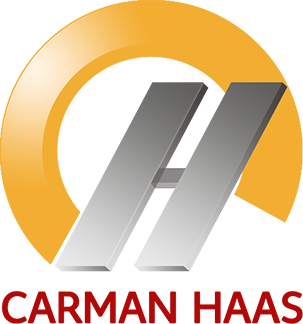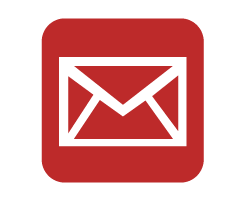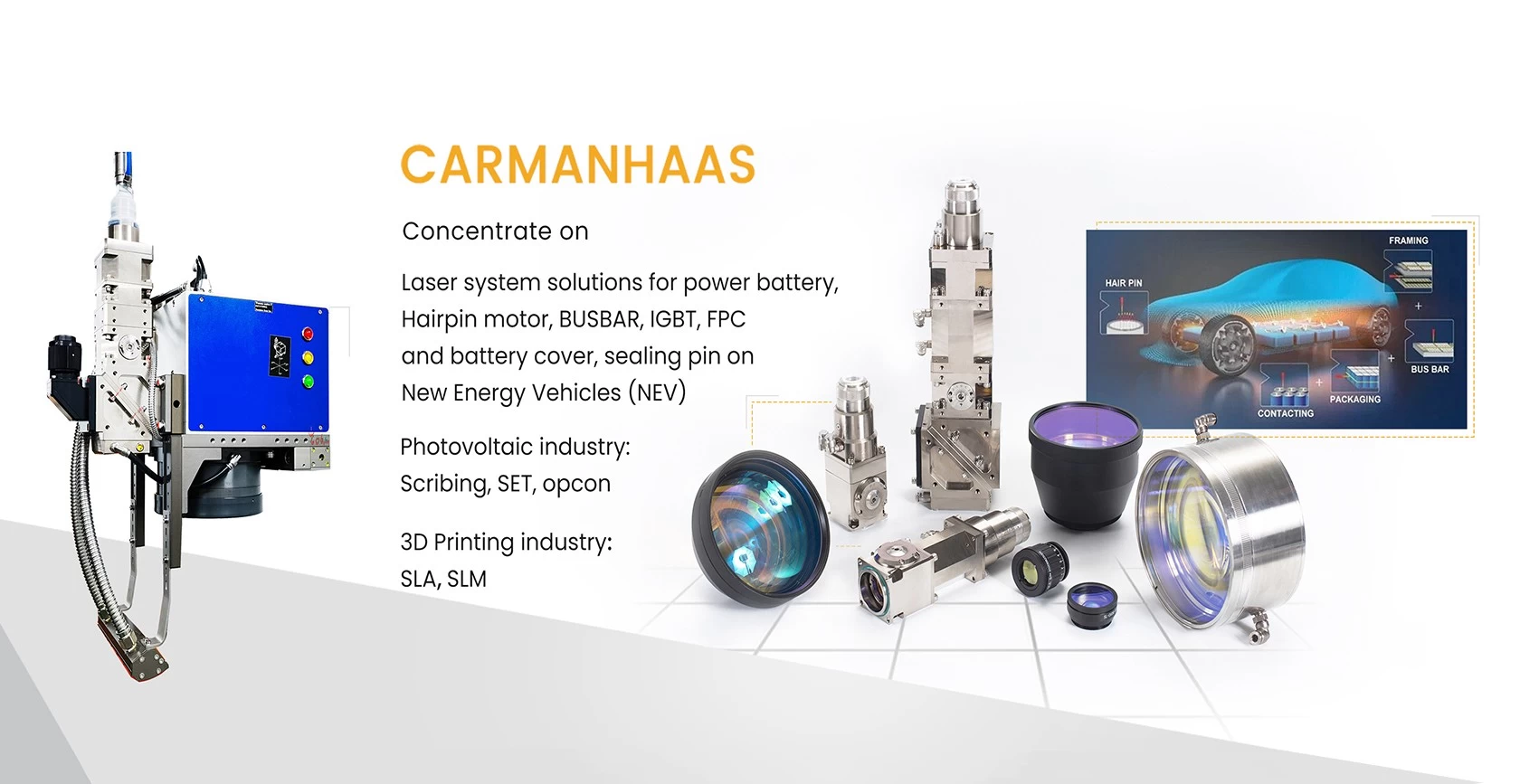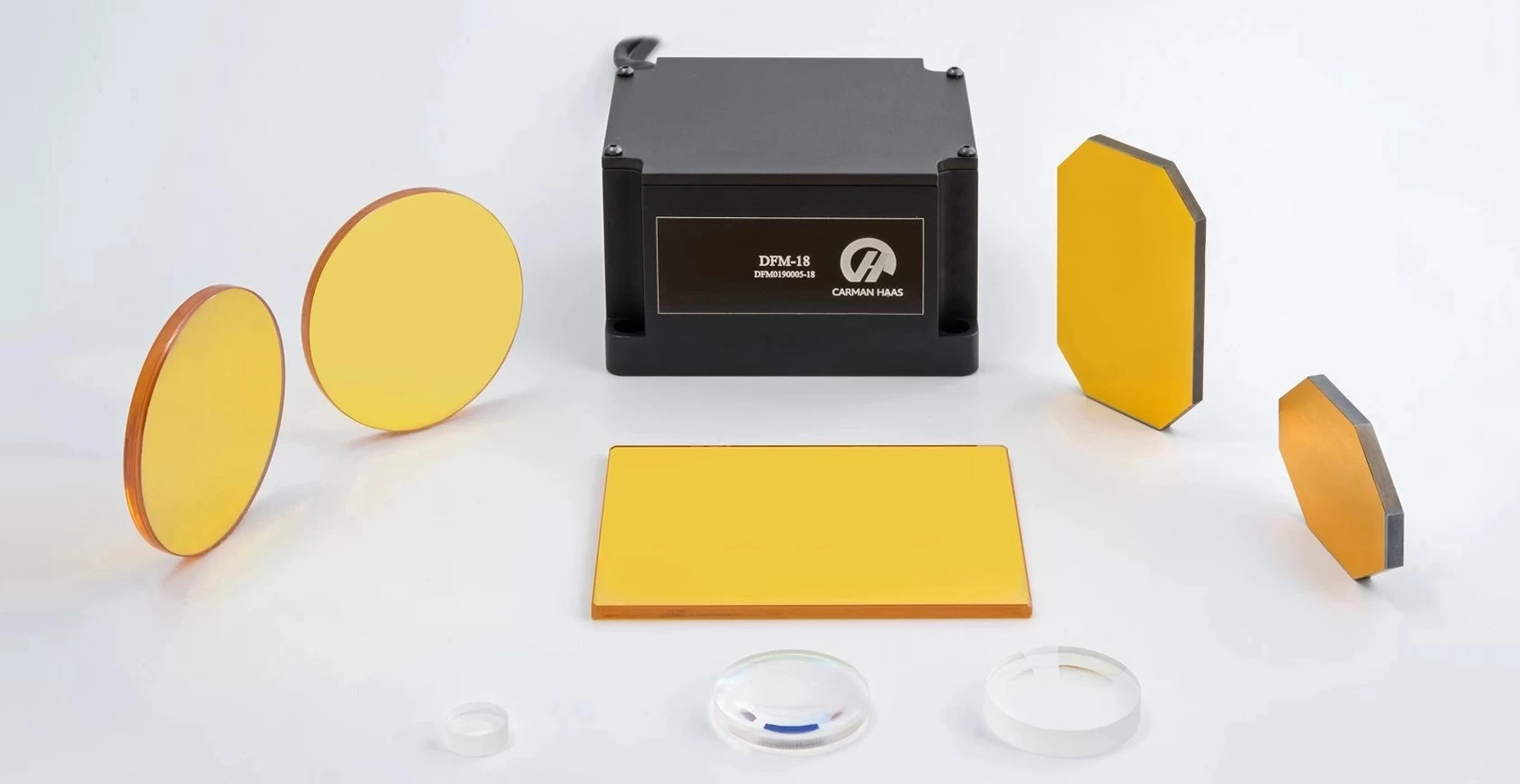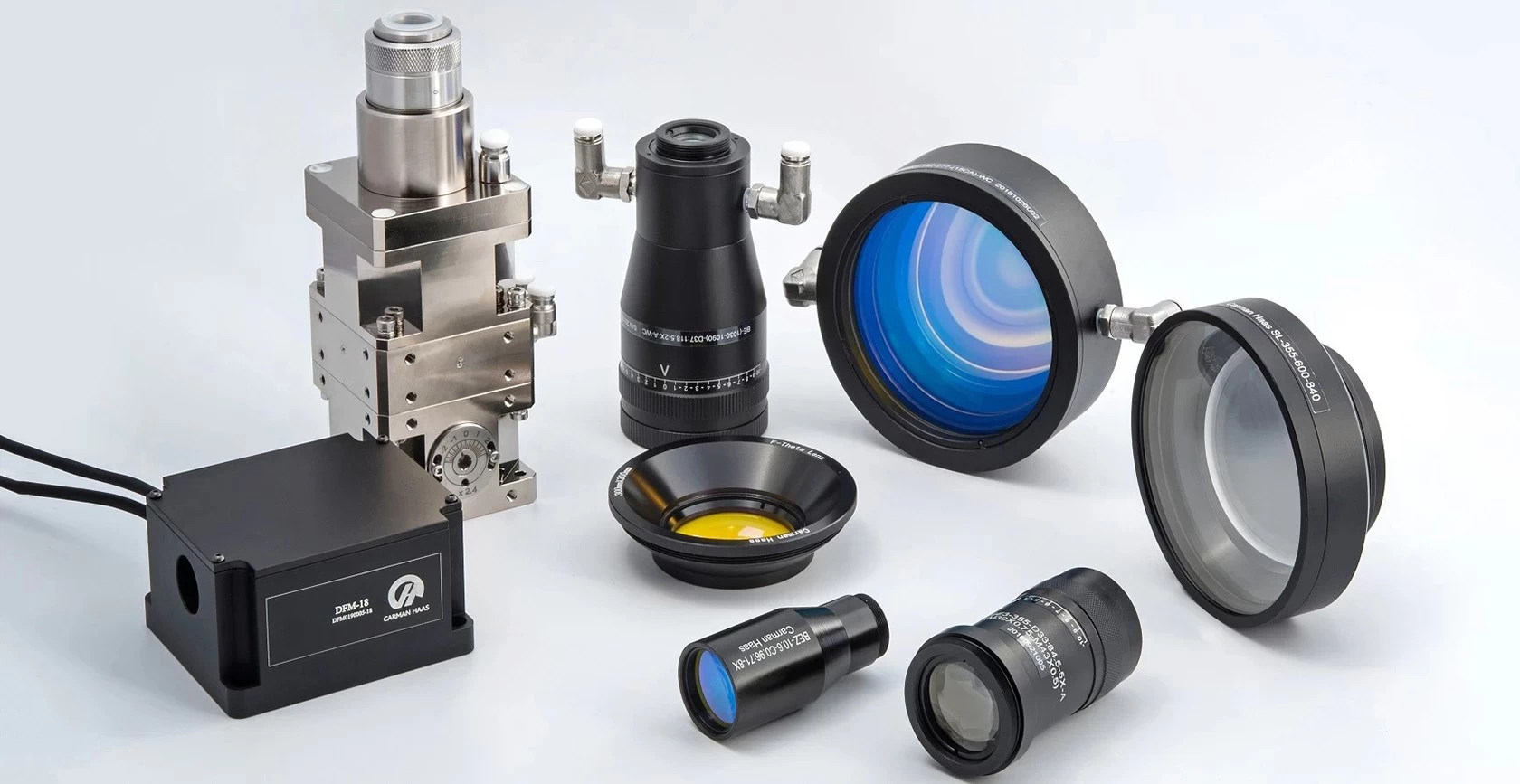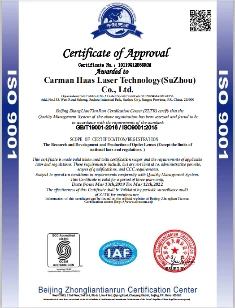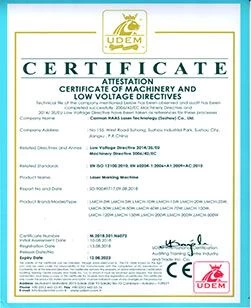What is the difference between the blue film and the green film on the lens?
Optical lenses usually have low transmittance after precision polishing and must be coated before they can be used. Coating is a process in which the film material is superimposed on the surface of the lens layer by layer by evaporation. The thickness of each optical film needs to be strictly controlled. Usually there are two ways to monitor the film thickness: light control and crystal control. The film thickness is usually in nanometers. So does the difference in the coating color of the infrared lens affect the performance of the lens?
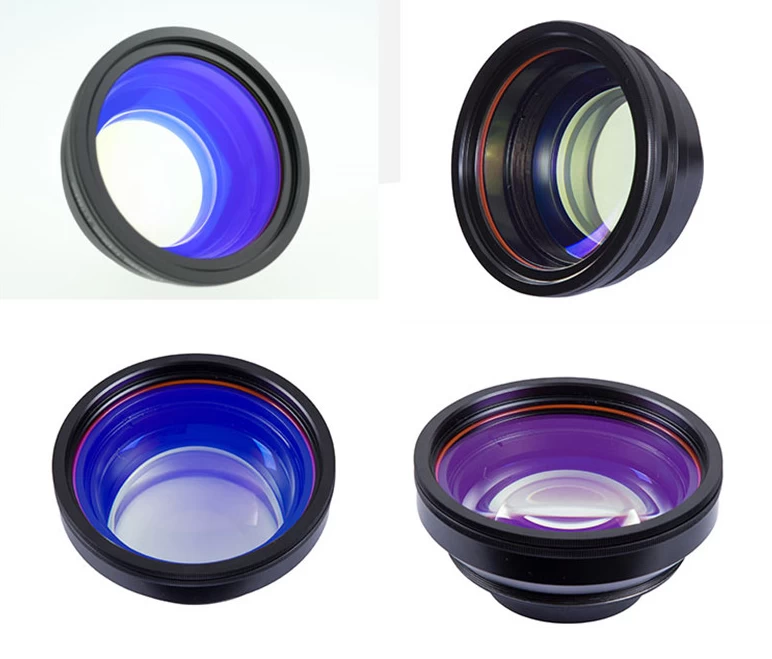
F-Theta Scan lenses factory china
The visible light range is 400-700nm, which is the color that the human eye can distinguish. For example, green is 532nm and red is 633nm, the difference between the two is 100nm. The lenses used in this range have high requirements for the peak of the coating center, and the offset is usually controlled within 5nm. The shorter the wavelength, the higher the accuracy of the center peak position, such as ultraviolet 355nm and 266nm, the offset is less than 5nm. This is a very harsh test for coating equipment and processes.
Film color: blue film and green film

The sensitive area of the human eye is in the green range, so even if the peak reflectivity of the two curves is the same, the blue anti-reflection coating can obtain lower reflection, because the blue part is less sensitive to visual contribution.

Technically speaking, Zeiss's blue film, that is, the reflectivity of the diamond cube film is much lower than the mainstream green film products on the market. Therefore, it is possible to take pictures without reflection.
How are blue and green films realized?
What kind of reflection color actually depends on the result of adjusting the film thickness. In principle, yellow, purple, gray, pink, etc. can be made by also changing the nano-level film thickness. However, the two yellow-green films are usually chosen mainly for aesthetics. After all, blue-green is a color that people prefer (acceptable). In contrast, blue may look a little more high-end, and at the same time it can get a higher light transmittance.
Note: The blue film here is completely different from the anti-blue light. The anti-blue light intentionally increases the reflectivity, which is not pure anti-reflection.
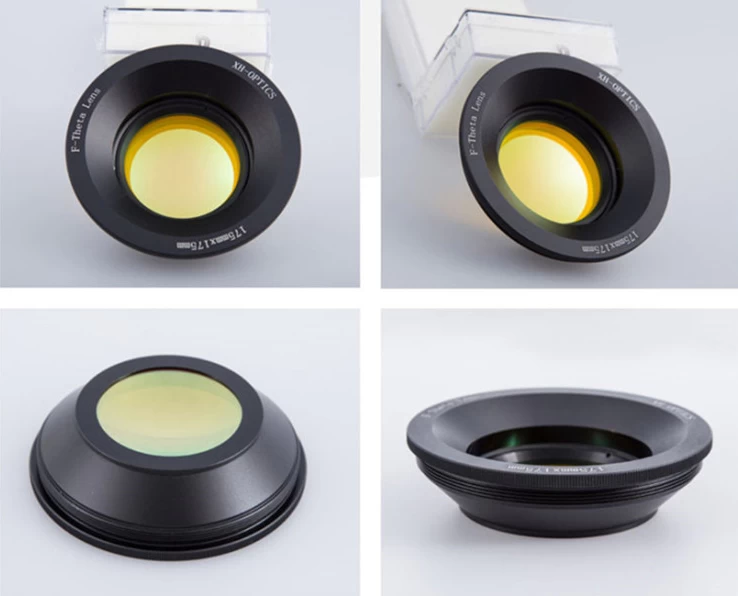
CO2 F Theta lens factory china
So why do few manufacturers choose to make blue film?
Because of the low reflectivity, production control is much more difficult. Just as you can see if you wear a white dress that is slightly dirty, a slight color difference can be easily seen when the reflectivity is very low, which brings the management of the production process Here comes a bigger challenge.
*The original intention and most important function of lens coating is to reduce reflection, which is realized by the principle of interference modulation of reflected light from different interfaces.
*The common blue film and green film are both W-shaped reflectance curves, but the peak position is different, which can be achieved by adjusting the film thickness.
*In contrast, blue film has a better chance to achieve low reflection, but the production process control will be more difficult.
